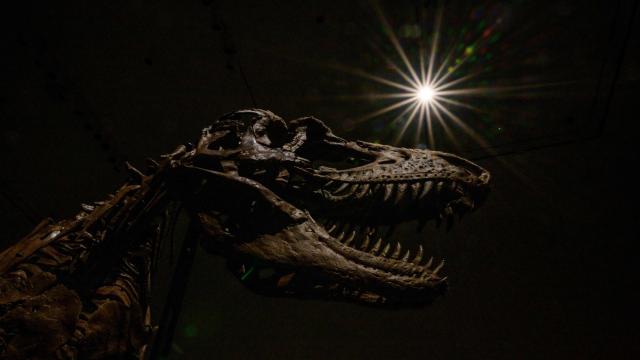A team modelling the aftermath of the asteroid impact that doomed the dinosaurs 66 million years ago say that the collision also created a global tsunami that devastated coastlines from North America to New Zealand.
The researchers studied ancient sediments from over 100 sites around the world, to see how extreme waves resulting from the impact may have disrupted the geological record. Their work was presented at a meeting of the American Geophysical Union in 2018 and is published this week in the journal AGU Advances.
“This tsunami was strong enough to disturb and erode sediments in ocean basins halfway around the globe, leaving either a gap in the sedimentary records or a jumble of older sediments,” said Molly Range, a paleoceanographer at the University of Michigan and lead author of the study, in a university release.
When the asteroid struck in the Late Cretaceous, dinosaurs like Edmontosaurus, Triceratops, and Tyrannosaurus were still alive. The asteroid killed over three-quarters of life on Earth — among the survivors were the ancestors of modern birds and humans.
Range’s team looked at the geological layers associated with the asteroid’s impact and immediate aftermath, known as the K-Pg (Cretaceous-Paleogene) boundary. They then compared the actual distributions of sediment at 120 K-Pg boundaries around the world to a model they built to reconstruct the massive waves the Chicxulub asteroid may have caused.
The team modelled the tsunami propagation in two stages: the first model estimated the immediate waves from the impact event, and the second modelled how the tsunami emanated from the source on a global scale. Their work showed that, about 2.5 minutes after the asteroid impact, a wall of water 5 km high was pushed outward from the source. (Compare that to the tallest wave ever recorded, a 523.95 m wave caused by an earthquake in Alaska in 1958.)
Four hours after the Chicxulub impact, the tsunami waves would have made it into the Pacific Ocean via the Central American Seaway. A day after the impact, tsunami waves going across the Atlantic and Pacific would have arrived in the Indian Ocean.
Co-author Brian Arbic, a physical oceanographer at the University of Michigan, said in the release that the geological record corroborated what the model predicted would be the most severely affected sediments in the ocean.
For example, the K-Pg sites in New Zealand — over 12,070 km from the Yucatán, where the asteroid struck — were heavily disturbed. The disturbance was previously attributed to local earthquakes, but based on their age and location, the recent team believes the sediments were disturbed by waves from Chixculub.
More research could affirm the team’s findings. They didn’t look at coastal flooding that may have been caused by the tsunami. Perhaps if paleontologists find fossils of dinosaurs that seem like died by drowning, the idea will have even more corroboration.
More: Archaeologists Find Ancient Tsunami Victim on the Turkish Coast
